
Anyone who has had chickenpox or got the vaccine can develop shingles later on in life. The virus responsible for chickenpox, the varicella-zoster virus or ZVS, remains dormant in the nerve endings and in about 20 percent of the people it reactivates, and the reactivation, with its manifestations, is called herpes zoster or shingles. It affects the nervous system and everyone can get it, especially those who have a weakened immune system and those who have had chickenpox or received the vaccine.
Symptoms of shingles
The first symptom is usually the increased sensitivity, tenderness and pain that extends as a broad band on one side of the body. The pain may be deep and dull or sharp and shooting, and other sensations may include itching, tingling or burning.
The rash develops in one to three days after the pain first sets in. The rash, in form of red bumps or blisters, is located at the same area where the pain and the itching are. The blisters are filled with liquid and puss, and they turn into scabs in 10 to 12 days.
After two or three weeks, the rash disappears, the scabs gradually fall off and usually leave scars that may be permanent or temporary.
Shingles is difficult to diagnose in the first phase. Because of the pain, it may be mistaken for migraine, sciatica, gastrointestinal problems, appendicitis or heart attack. However, as soon as the rash appears, diagnosing shingles is very easy.
The rash extends along the path of one nerve. It can follow more than one nerve, but that is not commonly observed. It is usually located on the neck, the trunk and the back, but it can appear on the nose, eyes and face too.
Treatment for shingles
There is no definitive cure for shingles. The symptoms can be managed but the virus itself cannot be treated.
However, antiviral medications are usually prescribed to tame the infection, prevent complications and shorten the duration of shingles. Those medications usually involve acyclovir, Valacyclovir and famcyclovir. The medications are best if started during the first 72 hours. That way they will be the most effective in reducing the duration of illness and preventing complications, like postherpetic neuralgia.
For mild and moderate pain it is recommended to take over-the-counter analgesics such as Tylenol, Advil or Aleve. For moderate to severe pain, it may be required to get a prescription for stronger analgesics like Diclofenac or Ketoprofen. Also, corticosteroids can be taken to relieve the itching and skin inflammation.


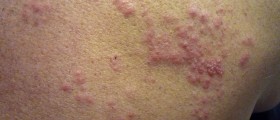
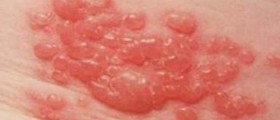
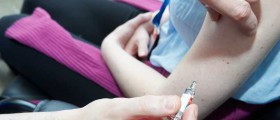









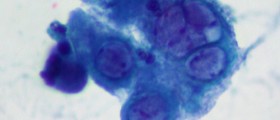
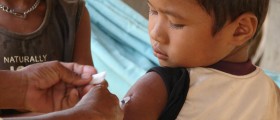

Your thoughts on this
Loading...